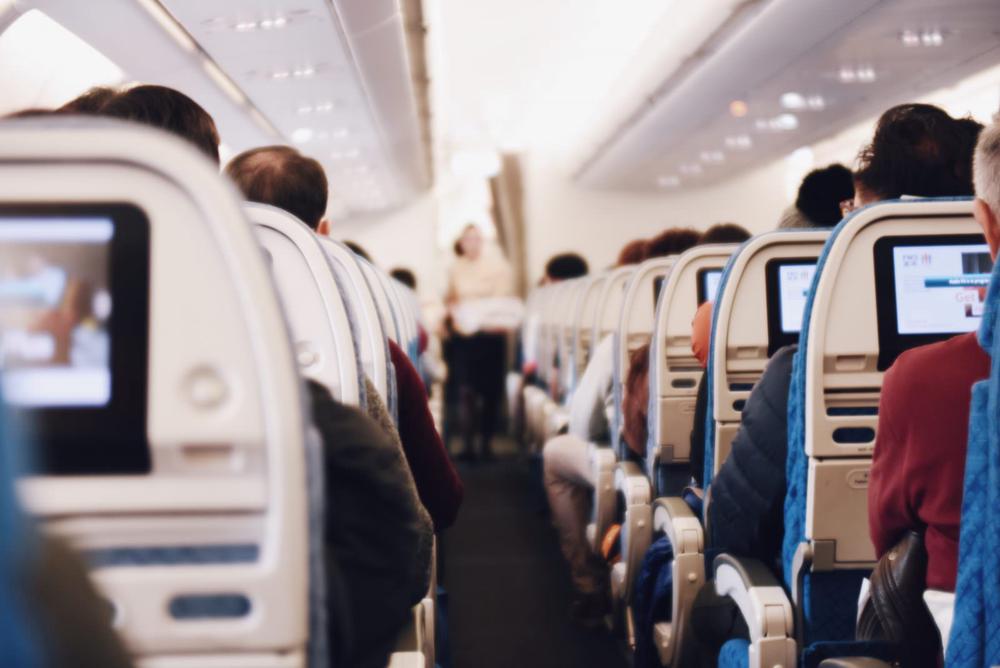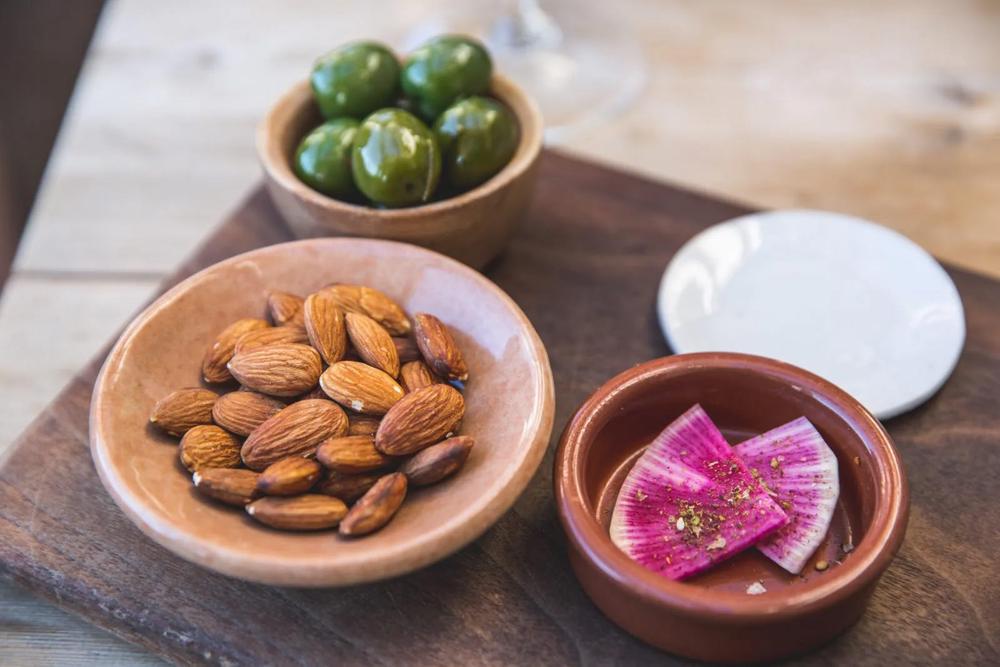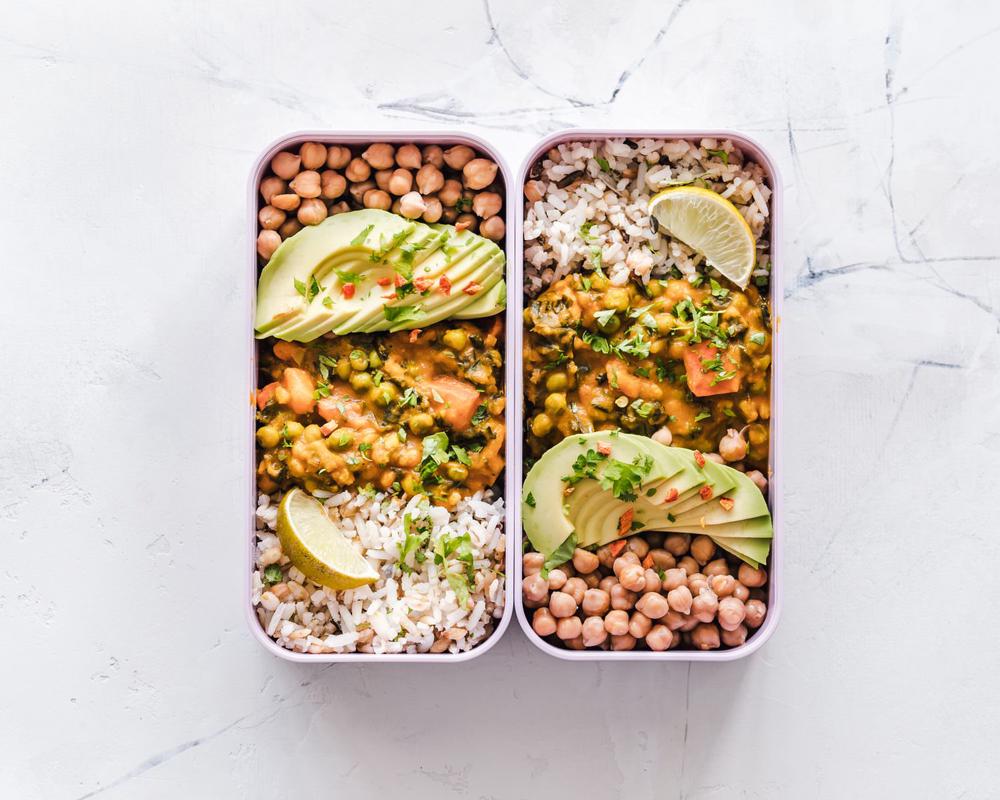
Flying is hard enough, but what if you are on a gluten-free diet, you have celiac disease or gluten intolerance? This throws a sword into the already-challenging maze of flight food, snack options in airports and what you can safely bring through security.
Here’s what I do as a gluten-free person when I fly on airplanes, step by step, and what I do in order to make the best of the in-flight experience.
Book a gluten-free meal for your in-flight meal.
Nowadays, most airlines (at least in North America and Europe) offer special meals. These range from vegetarian to gluten-free to Halal, and even specialties like lacto-vegetarian, ovo-vegetarian, Hindu vegetarian, Kosher and vegan. The list goes on, which is great news for people with special diets and dietary restrictions.
Keep a lookout for booking a special meal when you book your flight. Choose gluten-free meal.
If you forget, which has happened to me if I’ve booked a flight too fast, you can get in touch with the airline (usually between a week and a month before the flight is ideal) to speak to a human (this is important) to request the special meal.
If you fly Jet Blue, where meals are available for purchase a la carte and free snacks are served, there’s good news! On Jet Blue flights, I enjoy eating Terra chips and Pop Corners chips, both of which are vegan, gluten-free and delicious.
When you get to the airport, double-confirm your special meal with the check-in counter.
When you get to the airport, you can usually check in one of two ways — with a human at a airline counter where there’s bag drop, or at a check-in kiosk. If you check in with a staff member at the counter, make sure to mention and confirm your selection of gluten-free meal.
If you check into your flight at an airline kiosk or self-service machine (or even online), make sure at this time that your special gluten-free meal is listed. If not, see above, to make the confirmation with a real person who works for the airline and can check that information for you.
If you like, you can triple-check when you get to the gate.
To be 200% sure that your gluten-free meal is going to be taking off with your plane, check with the staff at the gate desk when you arrive at your gate of departure. This should be done early, in case there’s a line, or if you’re on layover and had to rush to make a connection.
Ask to re-confirm your gluten-free meal that you ordered as a special flight meal.
Get a membership to Priority Pass so that you can load up on food in airport lounges.
One of the ways I’ve been able to avoid buying overpriced airport food is by having Priority Pass, which is an annual membership to airline lounges all over the world. If you’re a frequent flyer, this is a good investment.
With Priority Pass, you can wait for your flights in airline lounges that are members of the Priority Pass network. While there are not always heaps of GF food available, I’ve been able to sometimes order complete meals (in Mexico City for example, I had enchiladas!) or at the very least, snack on food like tortilla chips and salsa, rice, fruit, salad, cut vegetables, sushi and more, depending on the region of the world.
This has been overall a good gluten-free hack for me, because I’ve now had Priority Pass for nearly three years; in this time, I’ve mostly been able to avoid buying snacks in airports and instead have been able to fill up on goodies before boarding.

Find gluten-free snacks in airport kiosks, convenience stores, news stores or cafes.
If you’re traveling in a country where you speak the language that’s written on the packages of the food, that’s awesome! My snacks of choice in airports are chips (read the labels), nuts, dried fruit, fresh fruit and snacks like dried plantain chips or chocolate.
Usually, packaged snacks are available in small food stores on the way to your gate. If you can’t find any, check out a coffeeshop, as there are sometimes quick bites like potato chips, chocolate, dried fruit or coconut chips near the cash register. This is one thing that Starbucks is good for.
If you’re at a loss for packaged food, grab a smoothie or a shake from any type of fast food place. This is something that, if purchased after security, is perfectly fine to bring onto a flight (as long as there is not an additional level of pre-boarding security).
Pack your own snacks from home, if you’re flying outbound to your destination.

For years now, I’ve been bringing snacks from home when I take a trip. Whether I’m going home for a 2-day weekend to my parents’ house or going away for 4 months to Europe, I pack dense snacks like Lara Bar, Rx Bars, GoMacro bars, Nature’s Bakery cereal bars and KIND bars.
These types of snacks can be packed densely into packing cubes or plastic bags and don’t take up much space. Remember to take out a few and keep them in your personal item at your legs during the flight for easy access.
Go to a grocery store to get gluten-free snacks, before flying out on another flight.
In places like Europe and Asia where I’ve flown the many types of domestic budget airlines that do not serve meals, I’ve typically visited a grocery store the night before a flight.
At a grocery store, selection of packaged snacks is more varied and prices are of course considerably lower than at the convenience shops you’ll find at the airport.
Keep in mind that airlines outside the US are less informed about gluten and allergies.
I was once served a gluten-free meal that had a “GF” sticker on it, but with a side of bread, from a flight attendant on a trans-Pacific flight.
While eyeing the bread, I sensed that it was too good to be true — gluten-free bread on this airline? My gut feeling was correct, and after I saw that I had been served the same side bread roll as everyone else with a regular meal, I knew that the flight attendant was misinformed about gluten-free allergies or had an oversight. She or he also may have had no idea of the gravity of my gluten-free situation and diet.
If you need to double-check that a meal missing a “GF” is absolutely gluten-free, don’t be hesitant or shy to ask the flight attendant. After all, if you’re on a flight, it likely cost you some good money and you deserve to receive the special meal you ordered.
Travel with Tupperware or packable food containers.
As long as food is “solid” and not “liquid” (well, that would make it a drink, right?) you can board a flight with as many openable plastic containers as you want.
In the past, I’ve flown with Tupperwares full of berries, baby carrots, cut-up bell peppers, nuts, dried fruit… you name it! This has never been a problem.

If you bring Tupperware containers that stack into each other, these take up less space in a suitcase on your way over to your travel destination.
Once you’re ready to board your flight going back, get those fresh and potentially exotic fruits and vegetables from a local store, and re-fill your containers for flight snacks.
Keep in mind that if you’re on a layover and changing countries, a customs check will usually prohibit bringing fruits and vegetables across borders. So, I recommend consuming these types of fresh foods before entering a new country.
Have enough snacks to get you through a second flight, in case you’re delayed.
The best thing you can do for yourself is to have enough gluten-free snacks for your flight and airport time. If you run out and you run out of options, you may find yourself starving or wishing you’d brought more. This is why I suggest all of the above ways to survive a flight with gluten-free meals, snacks and preparations. Good luck!